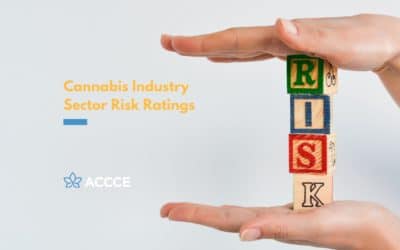Financial institution boards of directors and executives can use this resource to assist them when considering cannabis banking, or expanding a cannabis banking program. This one-pager will help you identify material due diligence processes, internal controls, and best practices to check your cannabis banking program against.
This checklist is intended for:
- Financial institution board members
- Financial institution executives
- Financial institution compliance and risk functions
Produced by Andy Montgomery for the “Cannabis Banking in the Boardroom: Risk Management” Webinar.









